Asian garments are more than just fabric—they are symbols of identity, social status, and even spirituality. Each piece tells a story, whether through its structure, weave, colour, or embroidery. Let's take a look at some key costumes from major Asian countries and their diverse structures.
Korea: The Graceful Hanbok
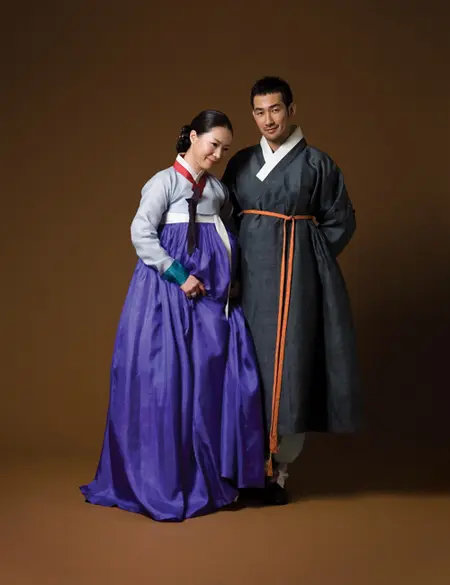
Photo: https://www.flickr.com/photos/koreanet/4789085633/in/photostream/
Hanbok: Known for its vibrant hues and fluid lines, the hanbok was historically worn daily but is now reserved for celebrations like Lunar New Year. Modern reinterpretations (like "reformed hanbok") blend tradition with contemporary fashion.
China: The Elegance of Hanfu & Cheongsam
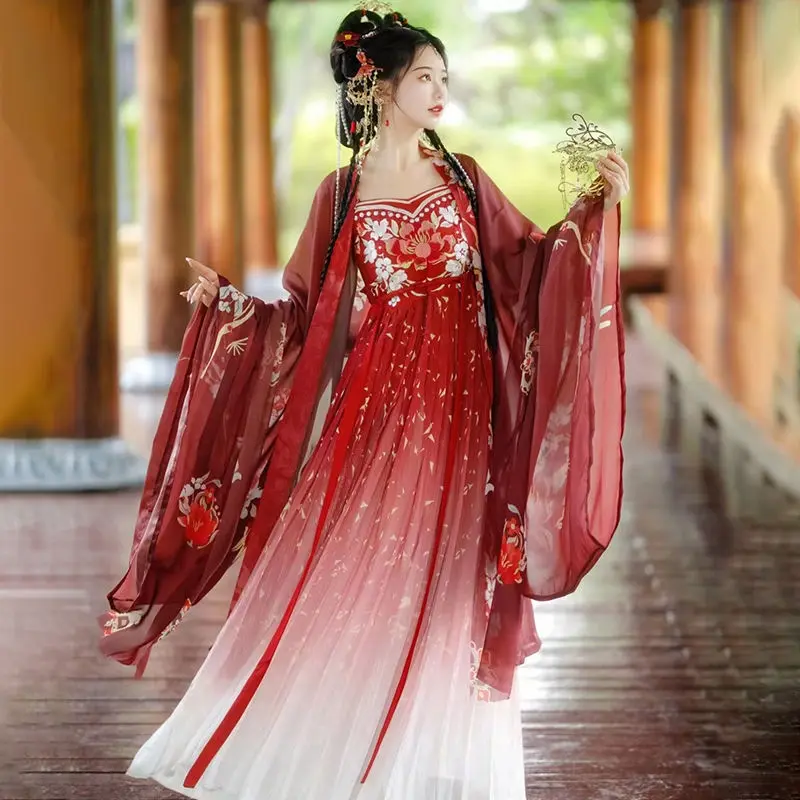
Photo: https://wpdevstar.com/20240515/chinese-hanfu-reviving-cultural-heritage-and-fashion/
Hanfu: The ancient attire of the Han Chinese, characterized by flowing robes and cross-collared designs. Worn during festivals and ceremonies, it represents Confucian values of harmony and etiquette.
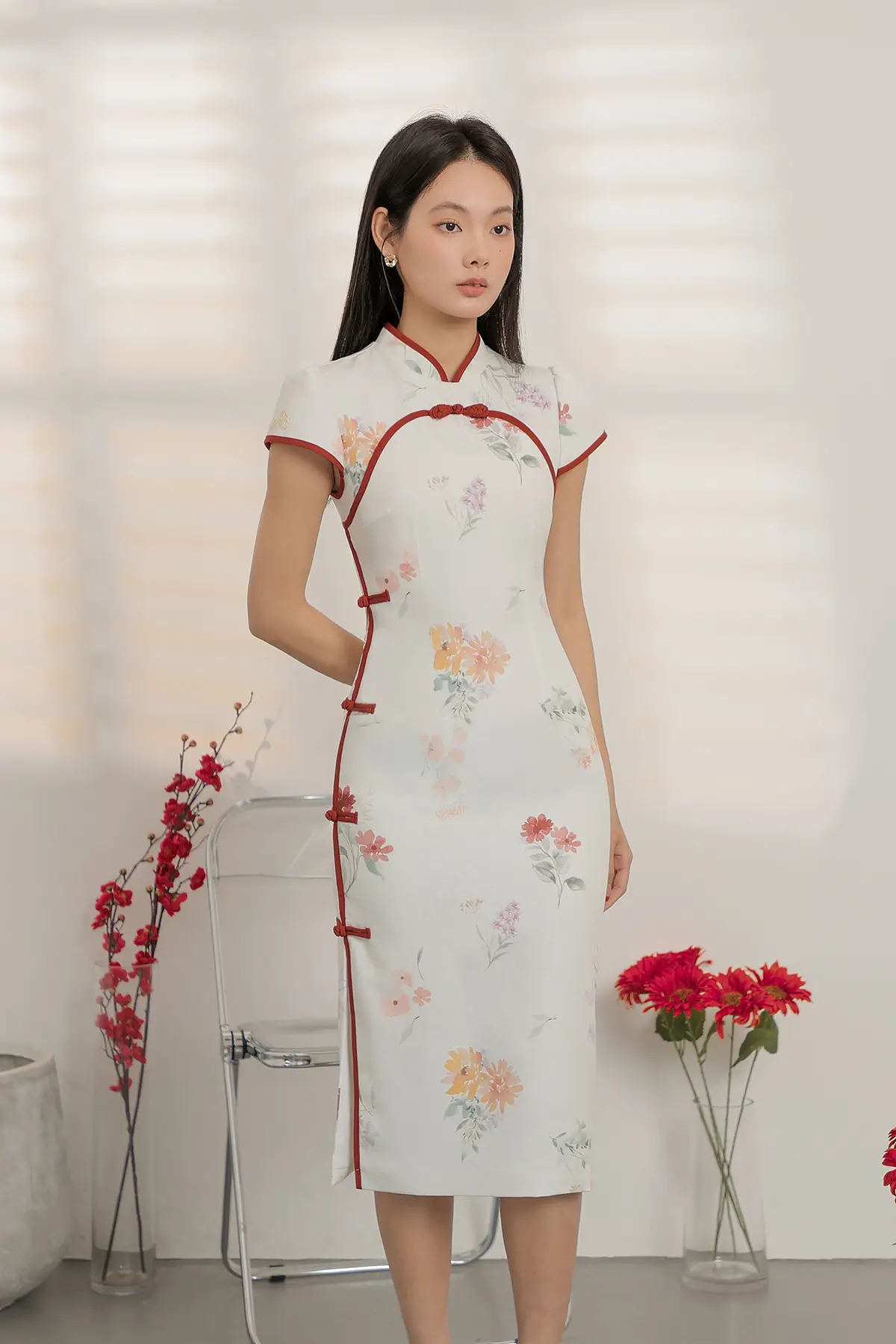
Photo: https://fayth.com/dresses/4192-luna-floral-cheongsam.html
Cheongsam/Qipao: A sleek, body-hugging dress from the 1920s Shanghainese fashion scene. Symbolizes modernity while retaining traditional Chinese motifs like peonies and dragons.
Japan: The Timeless Beauty of Kimono & Yukata
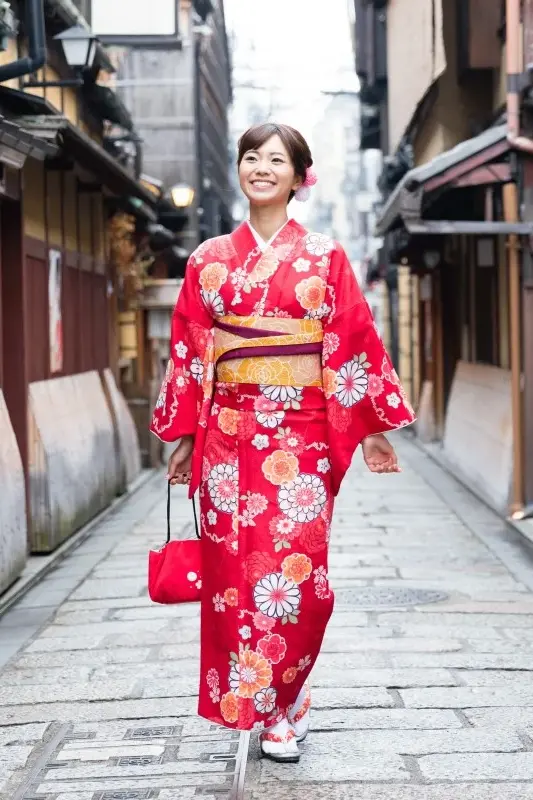

Photo: https://www.scmp.com/yp/discover/lifestyle/article/3122050/all-about-kimono-japans-traditional-form-dress , https://waplus-kimono.com/kyoto/en/rental/gallery/yukata017-9/
Kimono: Literally meaning "thing to wear," this T-shaped robe varies in formality—from silk kimonos for weddings to casual cotton versions. Patterns often reflect seasons (cherry blossoms for spring, maple leaves for autumn).
Yukata: A lighter, summer kimono, often worn at festivals. Bright colors and floral designs make it a favorite among young Japanese fashion lovers.
India: The Grandeur of Sarees & Dhotis
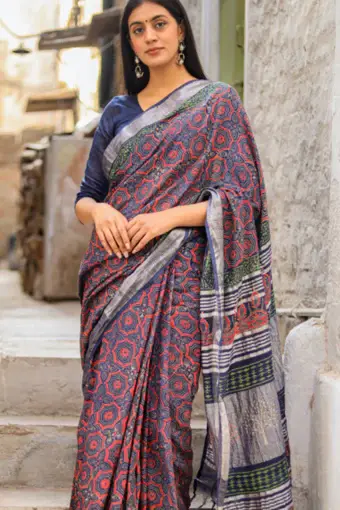
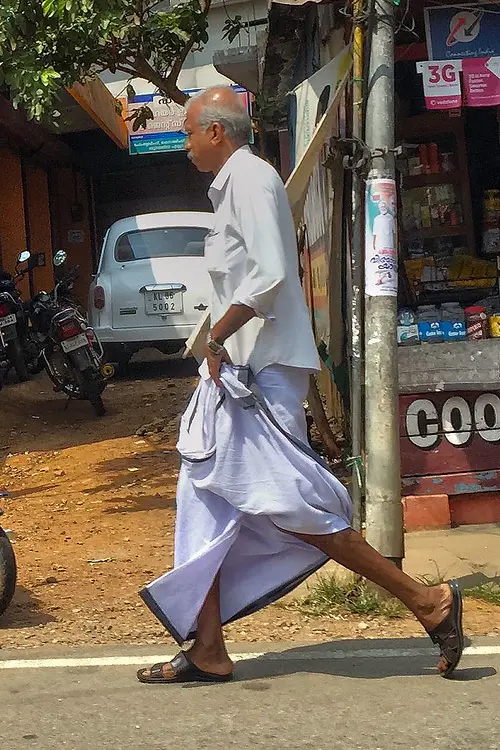
Photo: https://okhai.org/products , https://flic.kr/p/Fgru3C
Saree: A 6-9 yard drape with endless styling variations—Bengali tant, Kanjeevaram silk, or Gujarati bandhani. Each region’s saree reflects its weaving traditions.
Dhoti: A traditional garment worn by men in the India, consisting of a long, unstitched piece of cloth wrapped around the waist and legs, resembling trousers.
Vietnam: The Áo Dài’s Poetic Charm

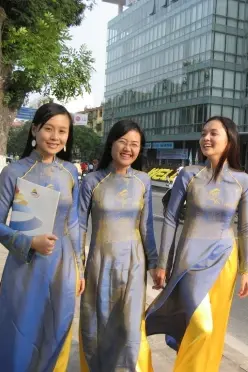
Photo: https://vietnaminternationalweek.wordpress.com/2017/11/12/ao-dai-our-costume-our-pride/
Áo Dài is one of the traditional costumes of Vietnam, which is now considered as Vietnamese national dress. The word “Áo Dài” has two parts: “áo” refers to a piece of clothing worn on the upper body, while “dài” means “long”. Áo Dài consists of two parts, a long tunic with a split on either side and a long, loose pants. The wearability of this costume is diverse, ranging from brides to students; you can see its adornment on many occasions. Traditionally, men also wear this costume, especially during religious occasions.
Asian fashion is a living art form—one that adapts, inspires, and endures.
Check out Asian in Me 's contemporary take on Asian fashion